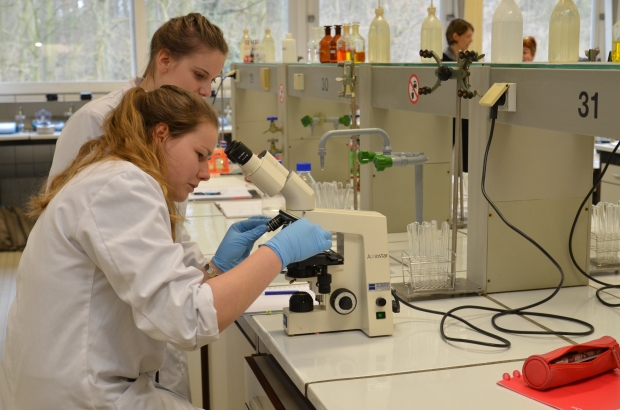- Daily & Weekly newsletters
- Buy & download The Bulletin
- Comment on our articles
Brussels universities co-operate for new science park
Both branches of the Free University of Brussels – the Dutch-speaking VUB and the French-speaking ULB – have announced plans to bring both their science campuses together in a new, modern science park.
The Science & Technology Park will be built on what both universities’ students like to call their own mini-language border – Avenue de la Plaine, the street that divides the campus of the Flemish institution from that of the French-speaking one. (VUB was established as a spin-off of ULB in the 1960s.)
So will the merger unite both student populations and introduce English – already the lingua franca in science – as the main language? A resounding “no” is the response from VUB rector, Paul De Knop. “Society needs scientists and engineers who can cope with the challenges of today,” he says. “An engineer these days has to be able to speak multiple languages, not just English.”
The Science & Technology Park, which should be ready by 2018, is part of a larger plan for the pure and applied science campuses of both universities to co-operate more closely. “Our current buildings for the sciences, which date from the 1970s, are located within a stone’s throw of the ULB’s science quarter,” explains De Knop. “So it’s not hard to imagine that we merge, both at the level of education and research. Universities constantly have to do more with less these days, so it’s also a logical choice from that perspective.”
The new infrastructure will be equipped with the latest technologies. It will not have a traditional library, for instance, but a learning centre with the most modern multimedia resources available.
“Libraries today have to offer both physical and digital media,” De Knop says. “But we also see them as forums to stimulate exchange of thoughts and research, enhance meeting opportunities and support services for students and professors.”
The project for the library and learning centre is being backed by Proximus, Belgium’s state-owned telecommunication company. “Proximus has just decided to move its innovation department to our future S&T Park,” De Knop says. “This way, we can ensure that the newest ICT technologies available will be implemented immediately.”
By merging the science and engineering departments of the sister universities, De Knop hopes that researchers will share more expertise. “In fields like robotics, electronics and energy, our researchers are already in the world’s leading group,” he says.
The merge could also offer more opportunities to VUB for research excellence beyond Pleinlaan. Two years ago, ULB physicist François Englert won the Nobel Prize in physics for his discovery of the Higgs particle.
Photo: Students in medical sciences at work in one of the VUB's current labs
© VUB



















